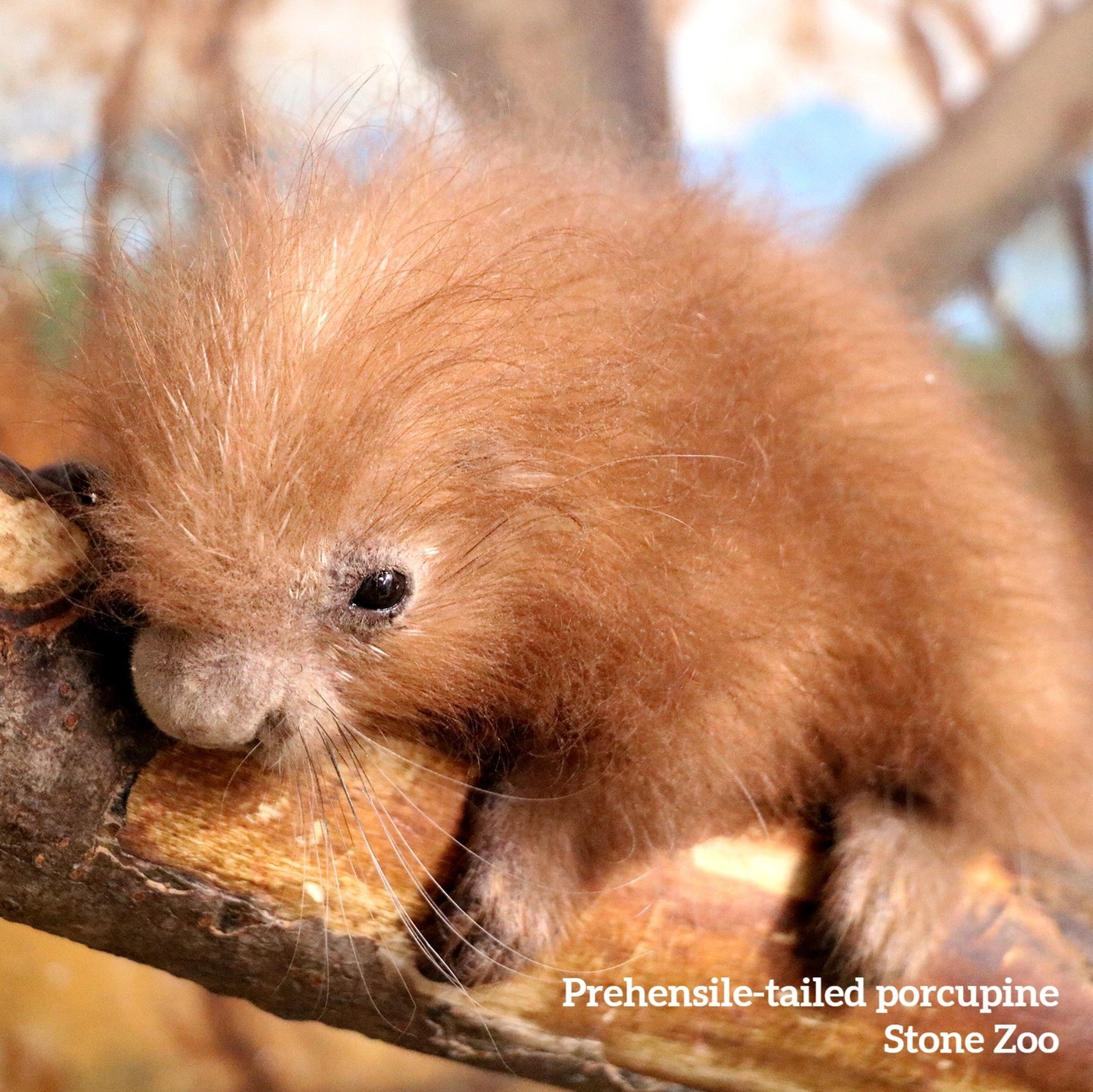- Overview of zoo baby births at Stone Zoo and Franklin Park Zoo in 2024 and their growth progress.
- Importance of zoo births for wildlife conservation and species preservation.
- Detailed descriptions of specific zoo babies, their unique traits, and developmental milestones.
- Role of zoos in educating the public about wildlife and conservation efforts.
- Anticipation of upcoming births and conservation projects in 2025.
In 2024, Stone Zoo and Franklin Park Zoo delighted visitors with the births of several captivating zoo babies. These young additions, hailing from a diverse range of species, not only captured the public’s imagination but also underscored important themes in wildlife preservation and education. From conserving endangered species to offering educational opportunities, the birth and development of these animals play a pivotal role in zoological practices and conservation theory.
The yearly influx of newborns in zoos serves a critical conservation purpose. For many species facing decline in their natural habitats due to deforestation, poaching, and climate change, zoos provide crucial breeding programs that aid in their survival. These programs are meticulously planned to match genetic diversity and enhance population sustainability. Breeding in captivity, while not a replacement for natural ecosystems, ensures some level of species survival and offers invaluable educational resources for the public.
At Stone Zoo, the birth of a prehensile-tailed porcupine in February marked a significant event. This species, native to Central and South America, is recognized for its distinctive tail that aids in climbing. When these porcupines are born, they are covered with soft quills that harden with time. Observing this transformation offers unique insights into their growth and adaptation processes. These insights contribute to enhanced care for their counterparts in the wild, where habitat loss poses a continuous threat.
Meanwhile, at Franklin Park Zoo, the birth of a red-crested turaco on November 1 added a splash of avian color to Birds World. Known for their brilliant red and green plumage, turacos have a formidable ability to glide. Unlike many other bird species, they possess pigments not found in any other bird family, making them a mesmerizing study of avian biology. As these birds grow, they offer a visual feast and a chance to discuss the challenges faced by bird species due to environmental changes.
Zoo births like these also serve as a living classroom. They are tangible demonstrations of animal biology, ecosystem interactions, and the human influence on wildlife. By providing immersive learning experiences, Stone Zoo and Franklin Park Zoo encourage visitors to appreciate biodiversity and consider their role in conservation efforts. The educational endeavors are reinforced by guided tours, informative talks, and interactive exhibits, bridging the gap between people and nature.
Looking forward to 2025, the anticipation of new births and projects grows. Zoos continue to invest in breeding and conservation initiatives, combining research, education, and visitor interaction. These activities not only enrich our understanding of animal life but also galvanize conservation methods that can be implemented regionally and globally. Evaluating the successes of past years assists in refining these programs, aiming for higher breeding success rates and stronger genetic pools.
While each zoo birth is celebrated as a small miracle, it is vital to recognize their collective impact on wildlife conservation and public engagement. The 2024 births at Stone Zoo and Franklin Park Zoo exemplify the critical interplay between zoological institutions and conservation advocacy. They remind us of the active steps needed to preserve our planet’s incredible diversity for future generations. As we look forward, there is much hope and expectancy for what 2025 will bring, with continued efforts to support sustainability in animal populations and habitats.
*****
Source Description
We have your New Year’s babies right here—a look back at Zoo babies born in 2024, that is!
The Zoos are open today, come visit to see how much some of these Zoo babies have grown. From the once-fluffy prehensile-tailed porcupine born at Stone Zoo last February to the now-independent red-crested turaco born November 1 at Franklin Park Zoo’s Birds World, there’s much to celebrate at Stone Zoo and Franklin Park Zoo. We can’t wait to see what 2025 brings.


